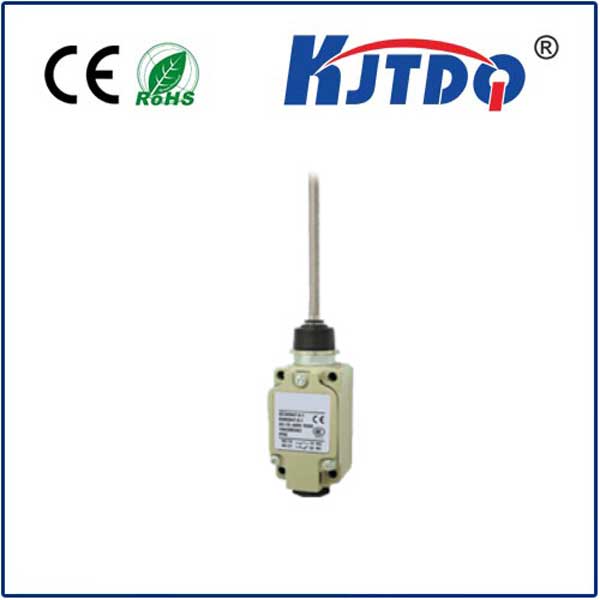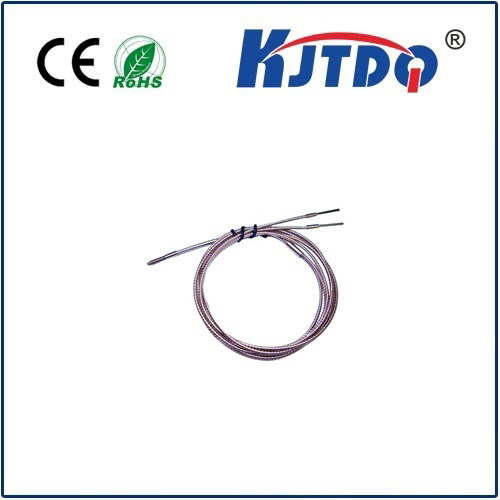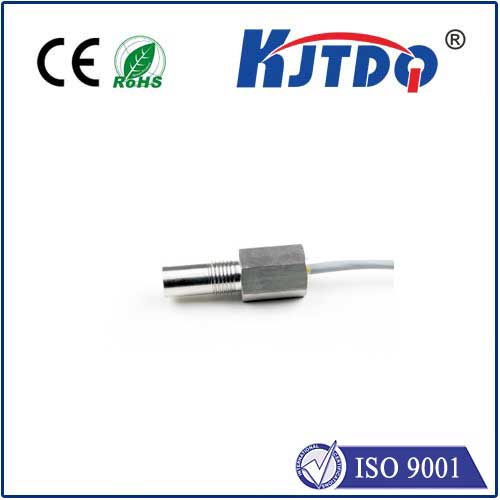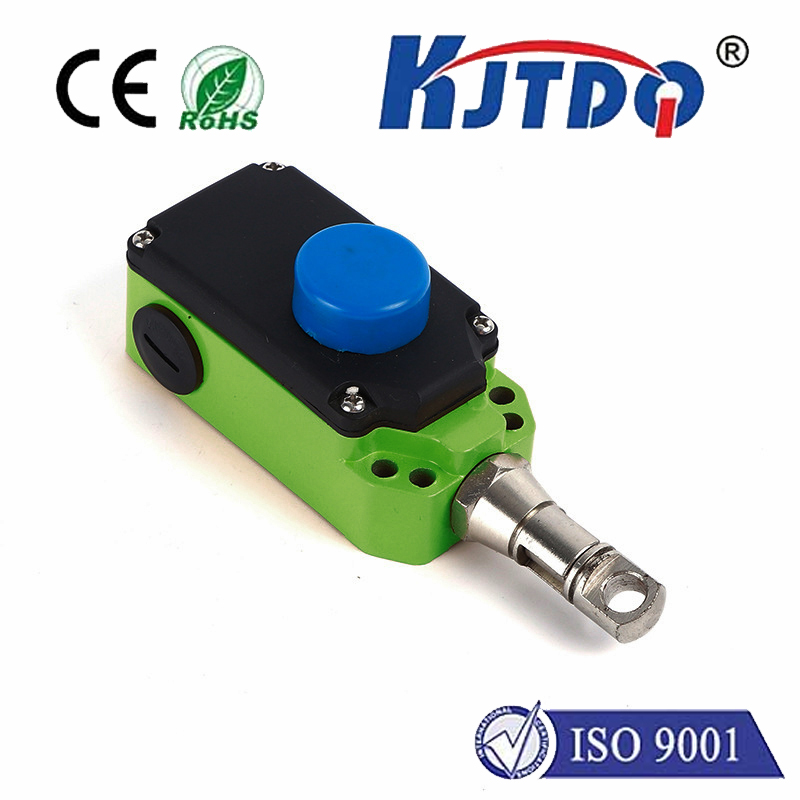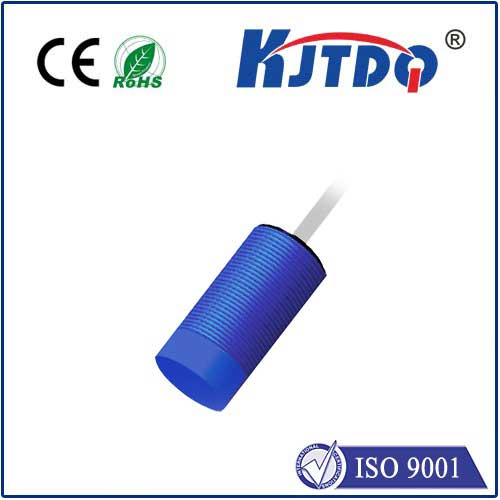BES054Z high pressure proximity sensor
- time:2025-09-29 21:49:51
- Нажмите:0
Unlocking Precision in Extreme Environments: The BES054Z High Pressure Proximity Sensor Advantage
Imagine a critical hydraulic press operating deep within a steel mill, its massive pistons cycling relentlessly under thousands of pounds per square inch (PSI). Or picture intricate component assembly inside a high-pressure pump manufacturing line. In such unforgiving environments, traditional sensors falter. Their delicate components buckle, seals fail, and reliability plummets, risking costly downtime and potential safety hazards. This is precisely where the BES054Z High Pressure Proximity Sensor steps in, engineered to deliver unwavering performance where others simply cannot.
Unlike standard inductive proximity sensors designed for benign factory floors, the BES054Z represents a specialized breed. Its defining characteristic is its robust construction specifically tailored to withstand sustained exposure to high external pressures, often exceeding several hundred bar. This capability makes it an indispensable tool across numerous demanding industrial sectors:
- Hydraulic & Pneumatic Systems: Monitoring piston position within high-pressure cylinders, detecting valve actuation, or verifying tool clamping force.
- Die Casting & Injection Molding: Precise detection of mold position and machine platen movements under intense clamping pressures.
- Offshore & Subsea Applications: Reliable sensing on remotely operated vehicles (ROVs), drilling equipment, and pipeline systems facing extreme ocean depths.
- Тяжелая техника: Position feedback on excavator arms, crane booms, and presses operating under significant loads.
- Energy Production: Monitoring critical components within turbines, compressors, and pressure vessel systems.
- Chemical & Petrochemical Processing: Detecting valve states and component positions within pressurized reactors and piping.
The core challenge the BES054Z overcomes is environmental pressure. Standard proximity sensors feature internal cavities filled with air or protective gels. When submerged in high-pressure fluids (like hydraulic oil) or gaseous environments, this internal pressure must equalize with the external pressure. Without specialized design, the sensor housing deforms, seals rupture, and the sensitive internal electronics (oscillator, amplifier, switching output) fail catastrophically.
Engineered for Resilience: How the BES054Z Excels

The BES054Z achieves its high-pressure resilience through meticulous engineering choices:
- Robust, Pressure-Equalized Housing: Its metallic housing is significantly reinforced compared to standard sensors. Crucially, it incorporates advanced pressure compensation mechanisms. This often involves specially designed seals and internal architectures that allow controlled equalization, preventing destructive pressure differentials across the sensor body.
- Advanced Sealing Technology: Utilizing high-grade materials like fluorocarbon (FKM/Viton®) or perfluoroelastomer (FFKM) seals, the BES054Z achieves exceptional ingress protection ratings (commonly IP67, IP69K, or higher), ensuring simultaneous defense against high-pressure fluids and particulate contamination like dust, dirt, or metal shavings.
- Reliable Inductive Sensing Core: At its heart lies a high-performance inductive sensing element. This non-contact technology detects the presence or absence of metallic targets without physical touch. The BES054Z reliably detects ferrous metals (like iron, steel) within its specified sensing range, triggering a clean electrical signal (typically PNP or NPN transistor output). Its performance, including hysteresis and repeatability, remains stable even under pressure.
- Stable Electrical Performance: High-pressure environments can introduce electrical noise interference. The BES054Z incorporates superior shielding and filtering to ensure its output signal remains clean and reliable, preventing false triggers or erratic machine behavior. Superior resistance to vibration and shock is also paramount.
- Flexible Mounting & Connection: Designed for real-world integration, it often features standard M8, M12, M18, or M30 threaded barrels, enabling easy installation into pressurized manifolds or blocks. Ruggedized cable or connector options (like M12 connectors) ensure secure electrical connections.
Key Specifications Defining Value:
When selecting a датчик приближения высокого давления, several critical specifications demand attention for the BES054Z:
- Maximum Working Pressure: The definitive benchmark. This figure (e.g., 400 bar, 5800 PSI) explicitly states the continuous pressure the sensor housing and seals are rated to withstand without failure.
- Pressure Rating Type: Is it rated for static pressure (constant) or dynamic pressure (involving pressure spikes/fluctuations)? The BES054Z specifications will clarify this.
- Sensing Distance: The range at which it reliably detects the target material under rated pressure conditions.
- Output Type: PNP (sourcing) or NPN (sinking) transistor outputs are standard, compatible with most Programmable Logic Controllers (PLCs).
- Operating Temperature: Critical as high pressures often correlate with extreme temperatures (-25°C to +70°C or wider ranges are common).
- Ingress Protection (IP Rating): Confirming resistance to both solids and liquids (e.g., IP67, IP69K).
- Electrical Specifications: Supply voltage (typically 10-30V DC), switching current, and short-circuit/overload protection.
Beyond Just Detection: The Tangible Benefits
Choosing the right tool for the job yields significant operational advantages. Implementing the BES054Z proximity sensor translates into:
- Unprecedented Reliability: Drastically reduced sensor failure rates in high-pressure zones mean fewer unscheduled stoppages, maximizing production uptime and Overall Equipment Effectiveness (OEE).
- Повышение безопасности: Reliable detection of critical machine states under pressure prevents potentially dangerous malfunctions and protects personnel.
- Reduced Maintenance Costs: The inherent durability minimizes replacement frequency and associated labor costs.
- Long-Term Cost Savings: Lower total cost of ownership (TCO) compared to constantly replacing less robust sensors not designed for the pressure demands.
- Process Stability & Quality: Consistent and accurate object detection ensures repeatable processes and helps maintain high product quality standards.
Integrating the BES054Z: Practical Considerations
Successful deployment hinges on more than just buying the sensor:
- Verify Compatibility: Strictly adhere to the rated maximum working pressure and temperature limits. Exceeding these voids the sensor’s reliability guarantee.
- Target Material: Ensure the target falls within the sensor’s specified detection capabilities for metallic objects.
- Mounting: Ensure proper thread engagement and sealing. Follow manufacturer torque specifications to prevent damage and ensure seal integrity. Consider potential side loads or impacts.
- Wiring: Use shielded cables properly grounded to minimize electrical noise interference. Protect cables from abrasion and excessive bending.
- Environment: While highly resistant, consider exposure to aggressive chemicals beyond the rated hydraulic fluids or lubricants used nearby.
The Indispensable Sentinel Under Pressure
In the relentless world of industrial automation operating under extreme conditions, sensor failure is not an option. The BES054Z High Pressure Proximity Sensor stands as a testament to specialized engineering, purpose-built to thrive where standard sensors simply perish. Its unique ability to deliver consistent, reliable non-contact detection within crushing pressure environments makes it a cornerstone technology. From the depths of the ocean floor to the heart of a forging press, the BES054Z provides the crucial feedback needed to ensure safety, optimize efficiency, and maintain precision, proving itself as an indispensable sentinel guarding











